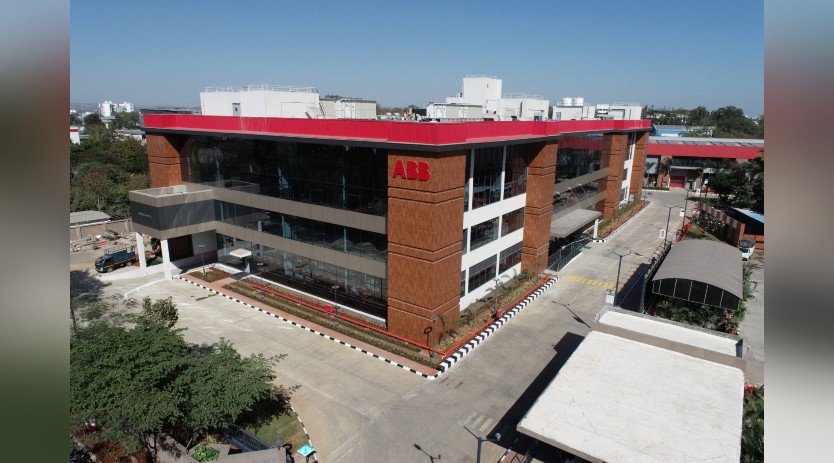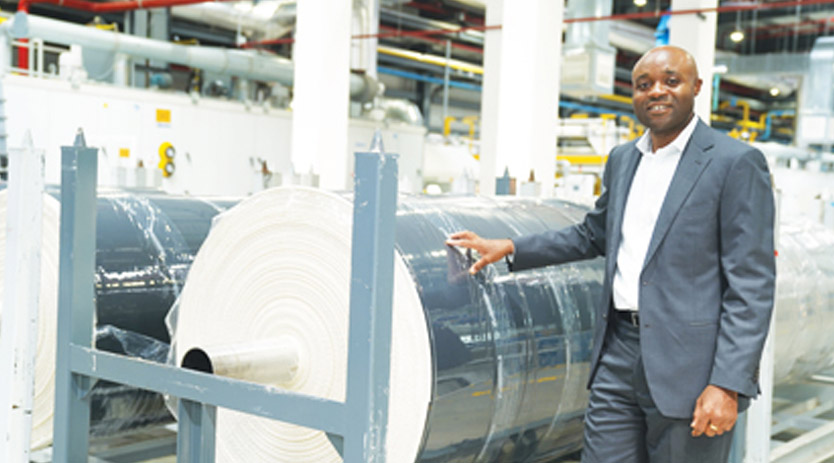A Journey Through Panasonic Trust Factory Tsu
By OEM Update Editorial January 12, 2024 7:50 pm IST
The Tsu Factory, nestled in Mie Prefecture, Japan, is not just a manufacturing site; it is a legacy keeper of Panasonic’s rich history in electrical wiring devices. Walking through the sprawling 100,000 square meter facility, home to over 1,800 employees, I was struck by the blend of heritage and modernity that defines this ‘Mother Factory’.
“The manufacture of wiring devices, the most important operation for Panasonic Electric Working, largely depends on the TSU plant, our mother factory. There is also a great deal of expertise from the Tsu factory in the Sri City factory, which supports PEWIN manufacture. Previously, we solely imported technology from Tsu; however, going forward, we aim to extend our production expertise to additional IoT systems, including the one we are constructing in Sri City.”
Kentaro Kobayashi, Vice-President of Manufacturing, PEWIN, Panasonic Life Solutions India
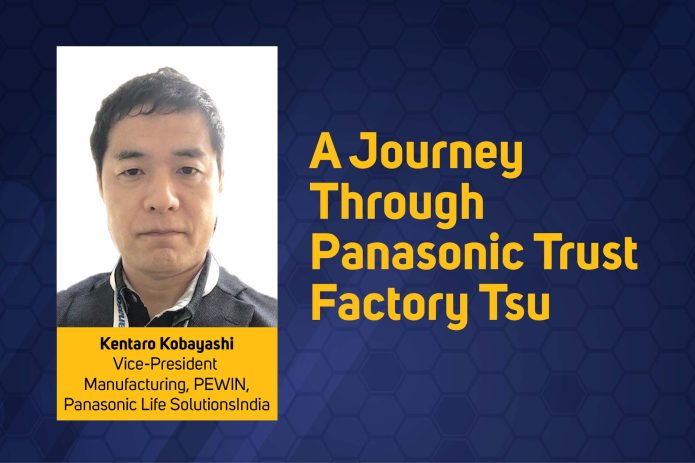
The Birthplace of Innovation
The journey begins with a glimpse into the past at the TRUST FACTORY TSU showroom. Renovated in April 2022, it showcases everything from Panasonic’s earliest wiring devices to the latest technologies. It’s a reminder of how Panasonic revolutionised the industry with its 2-lamp cluster in the Taisho era, a time when electric lighting was a novelty in homes.
Fast forward to today, and the Tsu Factory is a global leader, exporting its innovative wiring devices to over 100 countries, predominantly in Asia. The legacy products, like the attachment plug from 1918 and the 2-way cluster from 1920, still sell around 100,000 units annually.
The evolution of wiring devices
As electrical appliances proliferated post-1945, the Tsu Factory adapted, producing wall switches and outlets to meet the growing demand. The ‘three sacred treasures’ era of the late 1950s marked the beginning of a home appliance boom, pushing the factory to innovate further.
The mid-Showa period saw rapid economic growth and an explosion in detached house constructions, leading to increased household power capacity and a second appliance boom. This era ushered in recessed wiring for switches and outlets and focused on design as an integral part of interior aesthetics.
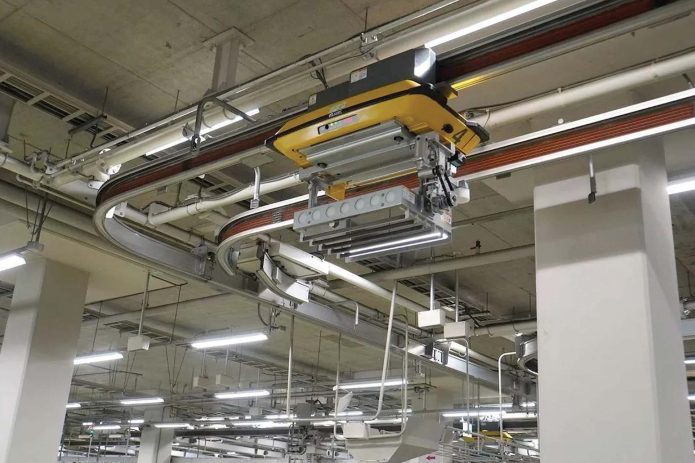
The age of user-friendly design
The Tsu Factory has always been at the forefront of user-centric design. From the latter half of the Showa era to the Heisei era, ‘universal design’ led to larger switches and simpler operation methods. This evolution is vividly displayed at the TRUST FACTORY TSU, where the latest switches, like the “Wide 21: Open Timer” and contactless switches, demonstrate how Panasonic is meeting modern needs.
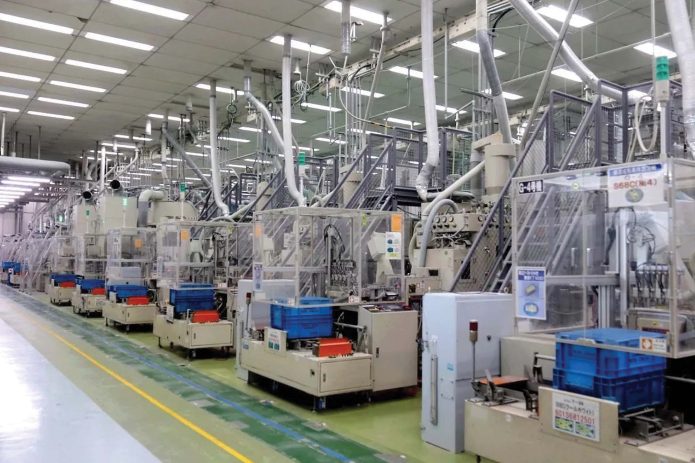
A symphony of design and function
The factory’s product lineup is a testament to Panasonic’s dedication to function and aesthetics. From classic designs to modern minimalist switches in luxurious materials, the Tsu Factory offers a range of about 10,000 product numbers in wiring equipment alone.
At the heart of the Tsu Factory’s success is the Five-Set-Integrated philosophy, which harmonises five key developmental departments: market needs designs, product design, construction method design, equipment/mould design, and process/management design. This integrated approach fosters collaboration at every stage, enhancing product quality and expediting development cycles.
Embracing the belief that “Good parts come from good moulds, and good products from good parts,” the Tsu Factory prides itself on its complete in-house production. From mould creation to parts manufacturing and assembly, every step is meticulously managed within the facility. This ensures exceptional product quality and cultivates a workforce skilled in advanced technology and manufacturing techniques.
Automation plays a pivotal role in the Tsu Factory’s operations, allowing for the mass production of products with remarkable precision and minimal errors. By minimising human intervention, the factory boosts production efficiency while reducing the likelihood of human error. Automated quality checks are integral to each assembly stage, ensuring that each product maintains the highest quality standards.Wiring devices like switches and outlets are fundamental yet often overlooked components in daily life. Their critical role in conducting electricity means any defect can have significant consequences. Panasonic’s Tsu Factory employs a multifaceted approach encompassing workforce training, automated production, and rigorous machine inspections at each process stage. This comprehensive strategy elevates product quality across all areas, cementing the factory’s reputation for the trusted “Made in Japan” label. The factory tour reveals the meticulous care and expertise behind each product, explaining why Panasonic’s products are highly regarded globally.
The strength of the Tsu Factory also lies in its integrated production line. Everything from raw materials to final packaging is handled in-house, a rarity in modern manufacturing. Specialised machines like the “Multi-Forming Machine” produce critical components at astonishing speeds, underscoring Panasonic’s commitment to safety and quality.
The Tsu Factory is more than a manufacturing hub; it’s a center for talent development. Skilled workers from the Tsu Factory are instrumental in enhancing production technology in local factories worldwide, including India.
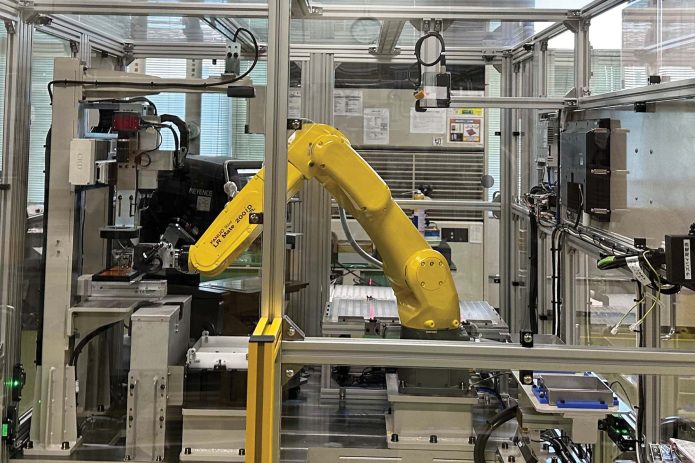
Panasonic’s Indian footprint
The Tsu Factory is a pivotal centre for developing skilled talent, including employees from India who specialise in mould skills. These experts honed at Tsu significantly enhance production technologies in local factories, ensuring consistently high quality and supply stability.
The Tsu Factory plays a vital role in Panasonic Life Solutions India’s operations in electrical works and home appliances. Panasonic recently inaugurated its ultra-modern Sri City factory in Southern India. This facility is poised to produce over 10 million units of wiring devices monthly. This expansion complements their existing Indian infrastructure, which includes the Kutch factory for wire production, the Haridwar factory specialising in wiring devices and switchgear, and the Daman facility, which produces both wiring devices and wires.
As I concluded my tour of the Tsu Factory, I was left with a deep sense of respect for Panasonic’s dedication to quality, innovation, and skill development. This factory isn’t just a manufacturing site; it’s a testament to Panasonic’s enduring legacy and commitment to the future of electrical wiring devices.
Snippets from Prasad Nair, CEO of ITech Media Pvt. Ltd., during his voyage to Japan for a factory tour.
Cookie Consent
We use cookies to personalize your experience. By continuing to visit this website you agree to our Terms & Conditions, Privacy Policy and Cookie Policy.




